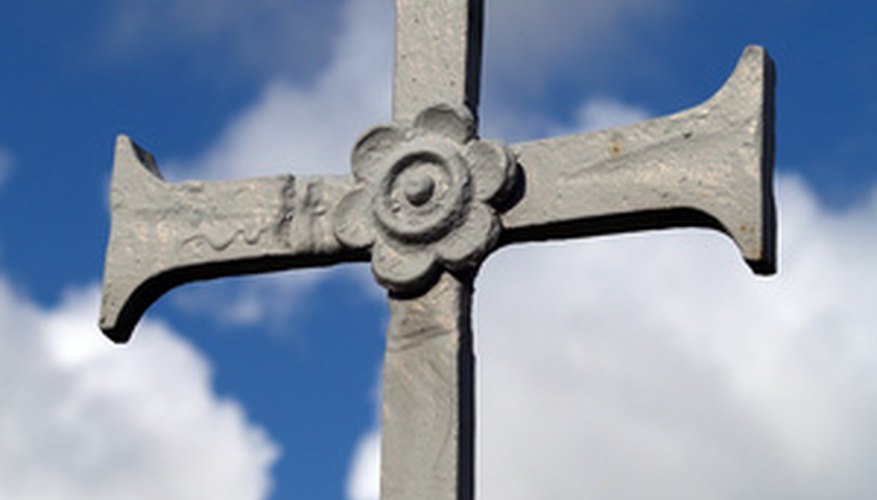Although Rosicrucian ideas influence the Scottish Rite degrees of Freemasonry, the origins of the two orders are distinctly different. Throughout the history of both Rosicrucianism and Freemasonry, each has borrowed from the other, yet they both retain their own symbols and beliefs.
Origins of the Rosicrucians
An anonymous Rosicrucian manifesto, the "Fama Fraternitatis," published in 1614, details the legend of a mystic German philosopher who studied in the Middle East and who was fabled to have lived to the age of 106. This sage is identified as Christian Rosenkreuz, or "Rose-cross," and he was said to have founded the Rosicrucians based on his metaphysical teachings.
Origins of the Freemasons
There are several proposed histories of the origins of the Masons. These include a secret society based on the lore of the builders of Solomon's Temple, survivors from within the Knights Templar, or a spiritual movement that began out of the Rosicrucian Enlightenment of the 1600s.
Primary Symbolism of the Orders
The primary symbol of the Rosicrucians is the rose on the cross. This symbol is seen by different orders of Rosicrucians in different ways, including Christ crucified, the alchemical Philosopher's Stone or a particular form of sexual congress. Freemasonry's primary symbolism is based on the working tools of a stone mason such as the compass, square and the ashlar, which is a perfectly square stone. Masonry also features the symbol of the capital letter G, which is usually interpreted to represent God.
- The primary symbol of the Rosicrucians is the rose on the cross.
- Freemasonry's primary symbolism is based on the working tools of a stone mason such as the compass, square and the ashlar, which is a perfectly square stone.
Goals in Common
Both Masons and Rosicrucians seek to remove perceived separateness from God. They teach that each individual has latent powers that can be unlocked through discipline and right action. Both orders are open to people of any faith and teach a form of reincarnation based on the cycles of life.
Influence of Rosicrucianism on Freemasonry
The most striking element of Rosicrucian influence on Masonry is the inclusion of the Sovereign Princes of Rose-Croix degree in the Scottish Rite branch. The Rose-Croix degree is rumoured to have been created in Palestine by Godfrey de Bouillon in the year 1100, but Arthur Edward Waite maintains in his "The Real History of the Rosicrucians" that there is no evidence that the degree is any older than the 18th century.
